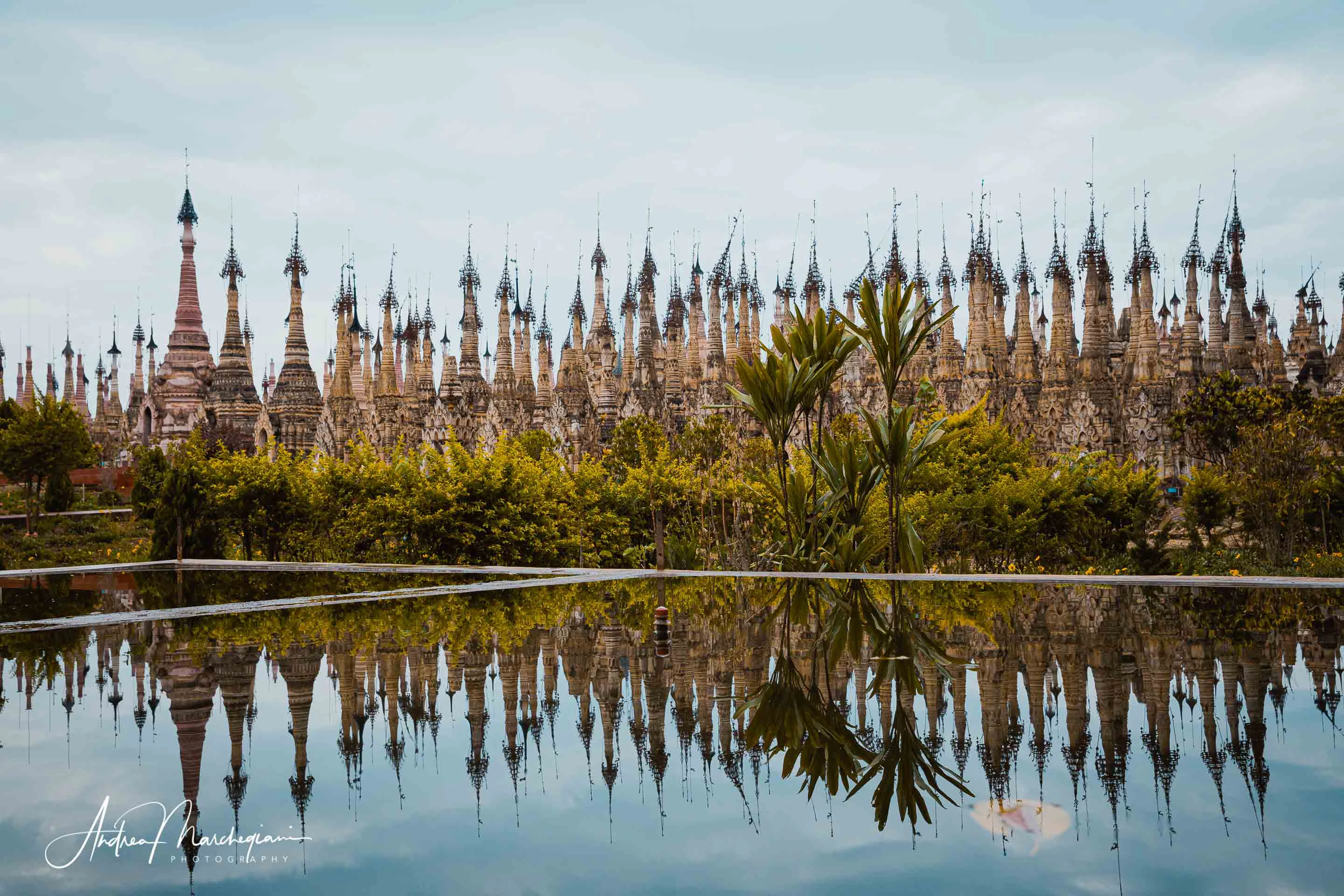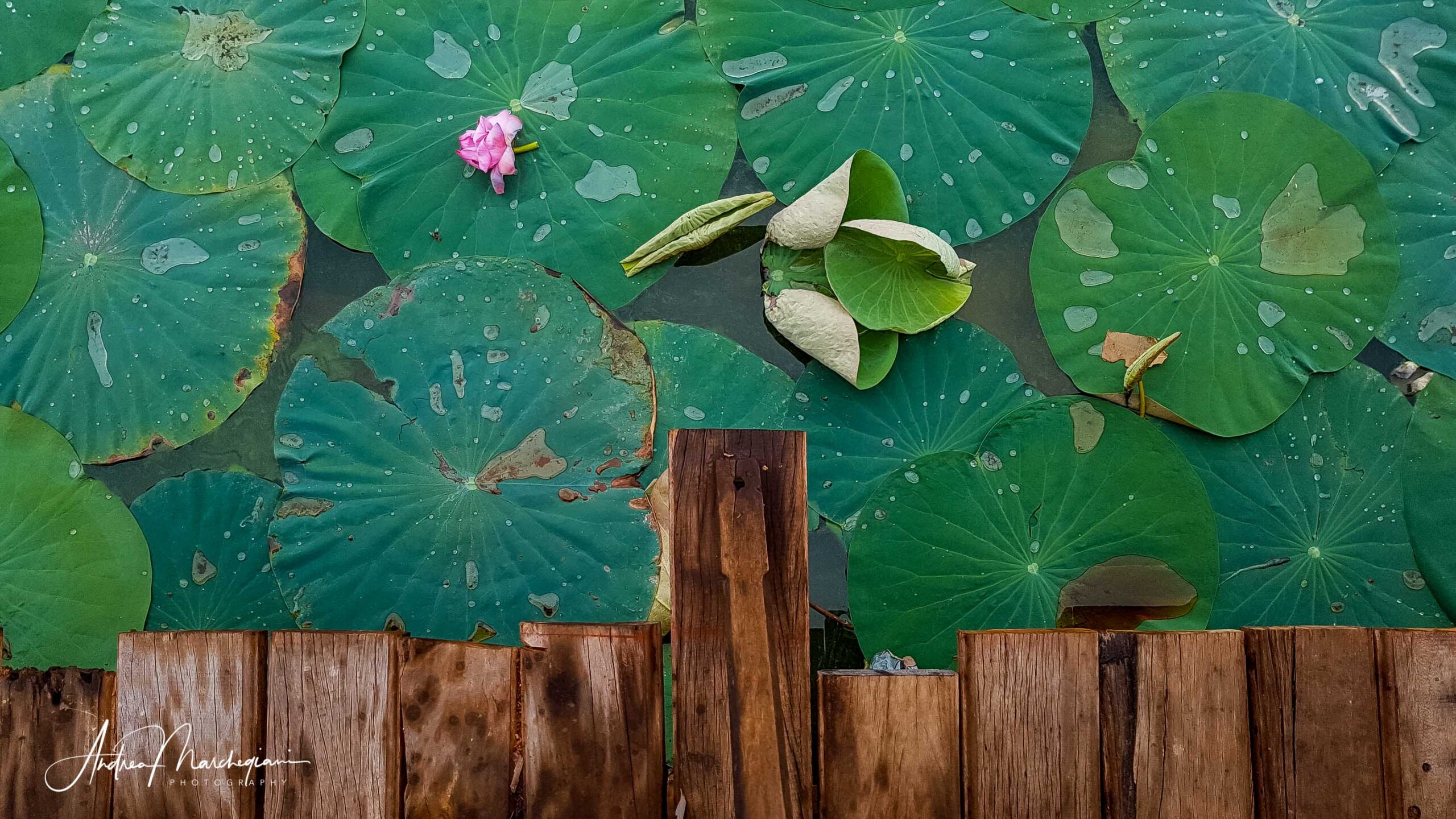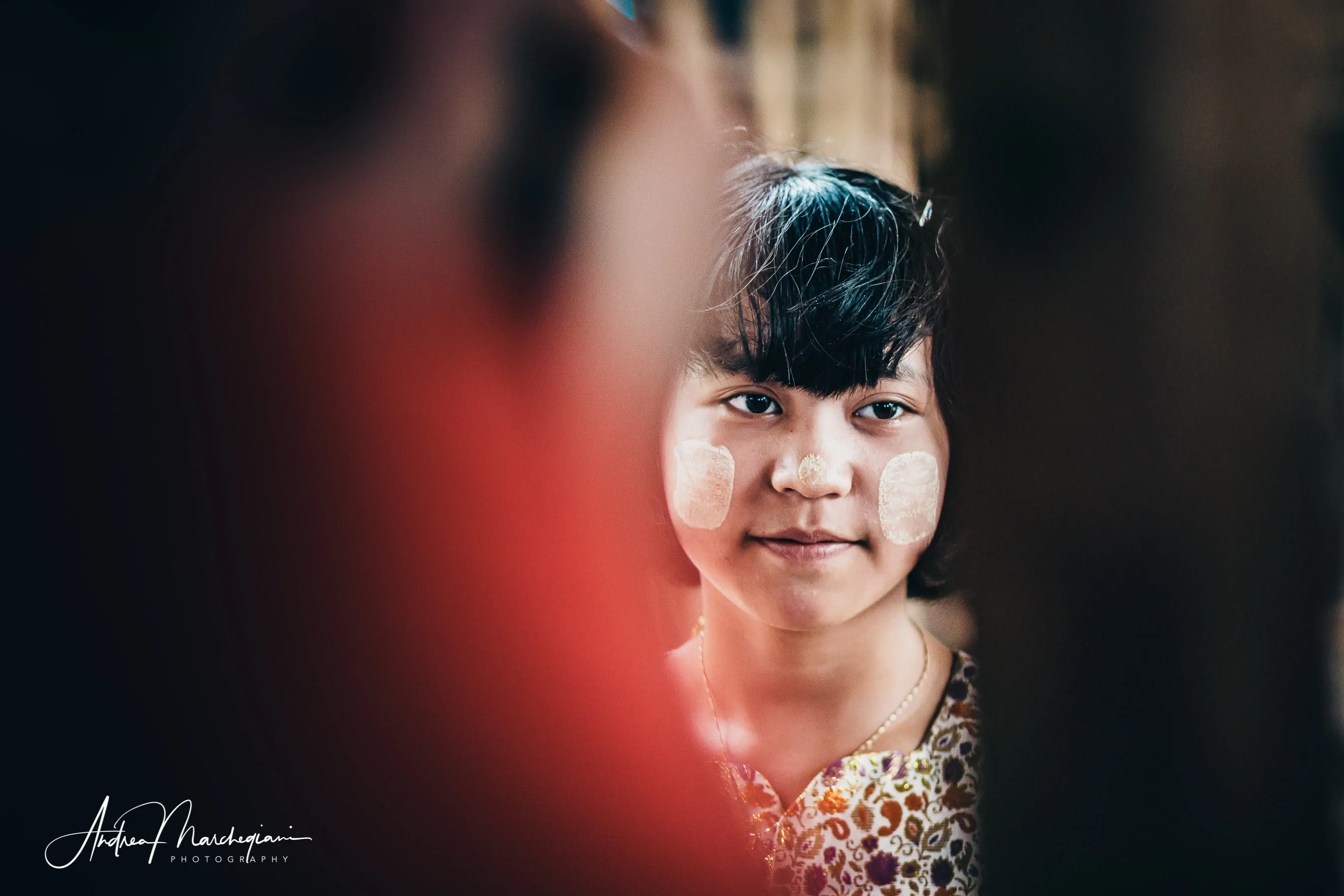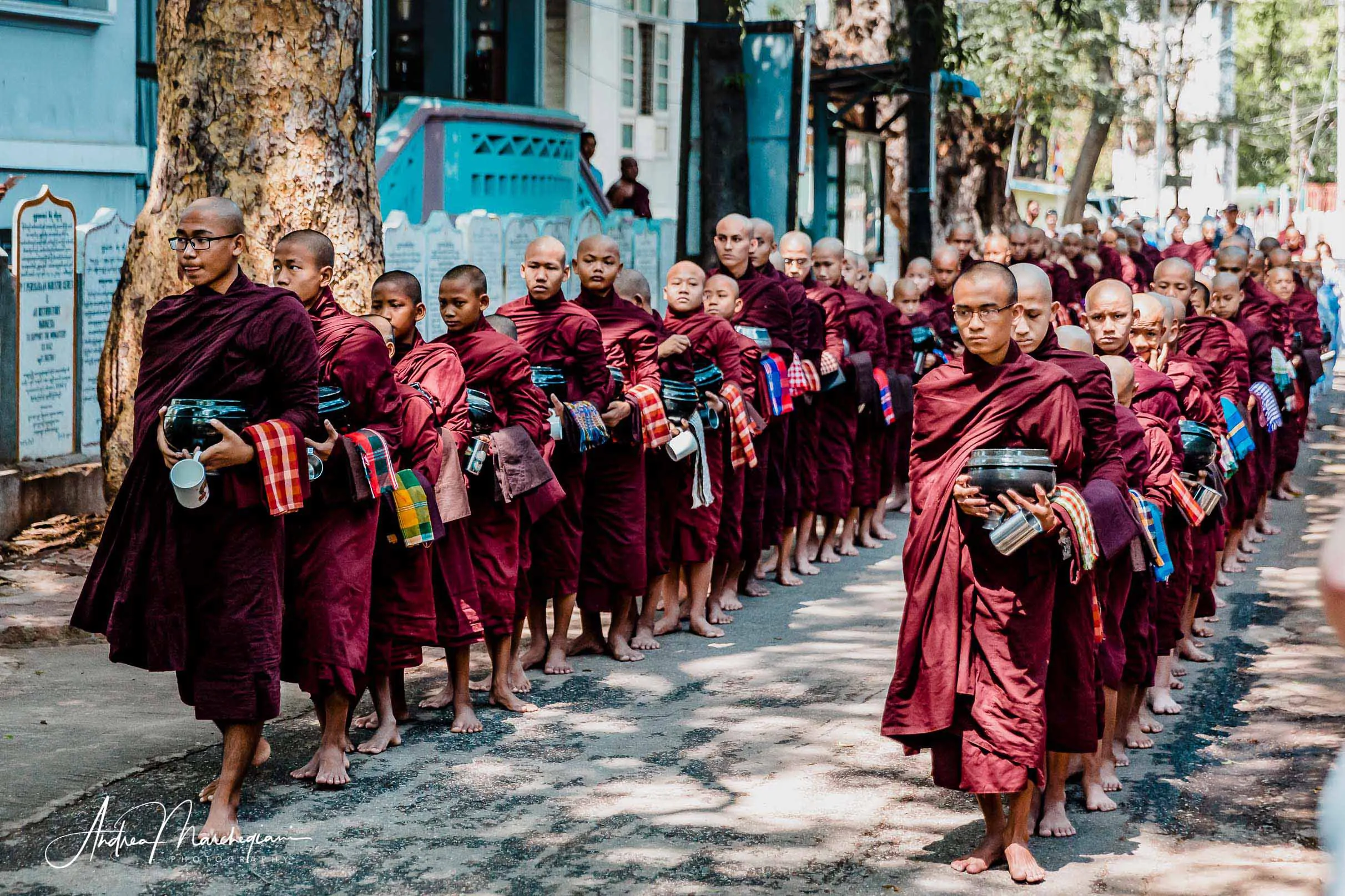
- Home
- Photo Galleries
- Portrait Photography
- Landscape Photography
- Street Photography
- China
- Ethiopia
- India
- Holy Ganges
- Varanasi
- Varanasi Ganga Aarti
- Varanasi, Manikarnika Ghat
- Varanasi Streets & Alleys
- Varanasi Demolition
- Varanasi Fruit Market
- Sarnath
- Brick Kilns
- Tamil Nadu, Chennai & Mamallapuram
- Tamil Nadu, Fort Tirumayam & Madurai
- Tamil Nadu, Tiruvannamalai & Thanjavur
- Kerala, Munnar
- Kerala, Peryiar
- Kerala, Backwaters
- Kerala, Kochi
- Kazakhstan
- Myanmar
- Senegal
- Uzbekistan
- Travel Blog
- China
- Ethiopia
- India
- Tamil Nadu & Kerala
- Varanasi
- Whato to do in Varanasi
- Varanasi Life along the Ghats
- Varanasi Death along the Ghats
- Varanasi Ganga Aarti Ceremony
- Varanasi demolished to honor Shiva
- Varanasi Fruit Market
- “Varanasi, A Journey into the Infinite”
- Sarnath
- All about River Ganges
- Holy Shit. All about Indian Cow Dung
- Clean India Project
- Brick factories
- Tilaka, pundra, bindi: what is the mark on Indian foreheads?
- Kazakhstan
- Mongolia
- Ulaanbaatar, the coldest capital in the world
- What to do in Ulaanbaatar
- Chinggis Khan Museum, 6 floors of Mongolian history
- Gorkhi-Terelj National Park and Bodgkhan Natural Reserve
- Altai Mountains, Things to do in Olgii and Sagsai
- Living with the Eagle Hunters
- Sagsai Eagle Festival
- Navrus Festival
- Xöömej, Mongolian throat singing
- Mongolian Food
- Myanmar
- Senegal
- Uzbekistan
- Latest Posts
- Photography Blog
- About
- Prints
The plain of Bagan (or Pagan) is famous all over the world for the thousands of stupa ruins and temples it is littered of. At sunset, you can admire a spectacular view of the clearing, making it one of the most spectacular sites in all of Southeast Asia. For centuries, before being abandoned to itself, the area has been a Buddhist pilgrimage destination and it still breathes an atmosphere of deep spirituality. A scenario, in short, that has nothing to envy to Angkor Wat or Machu Picchu but that has, compared to these, a great advantage: much less tourists.
Share with your friends:
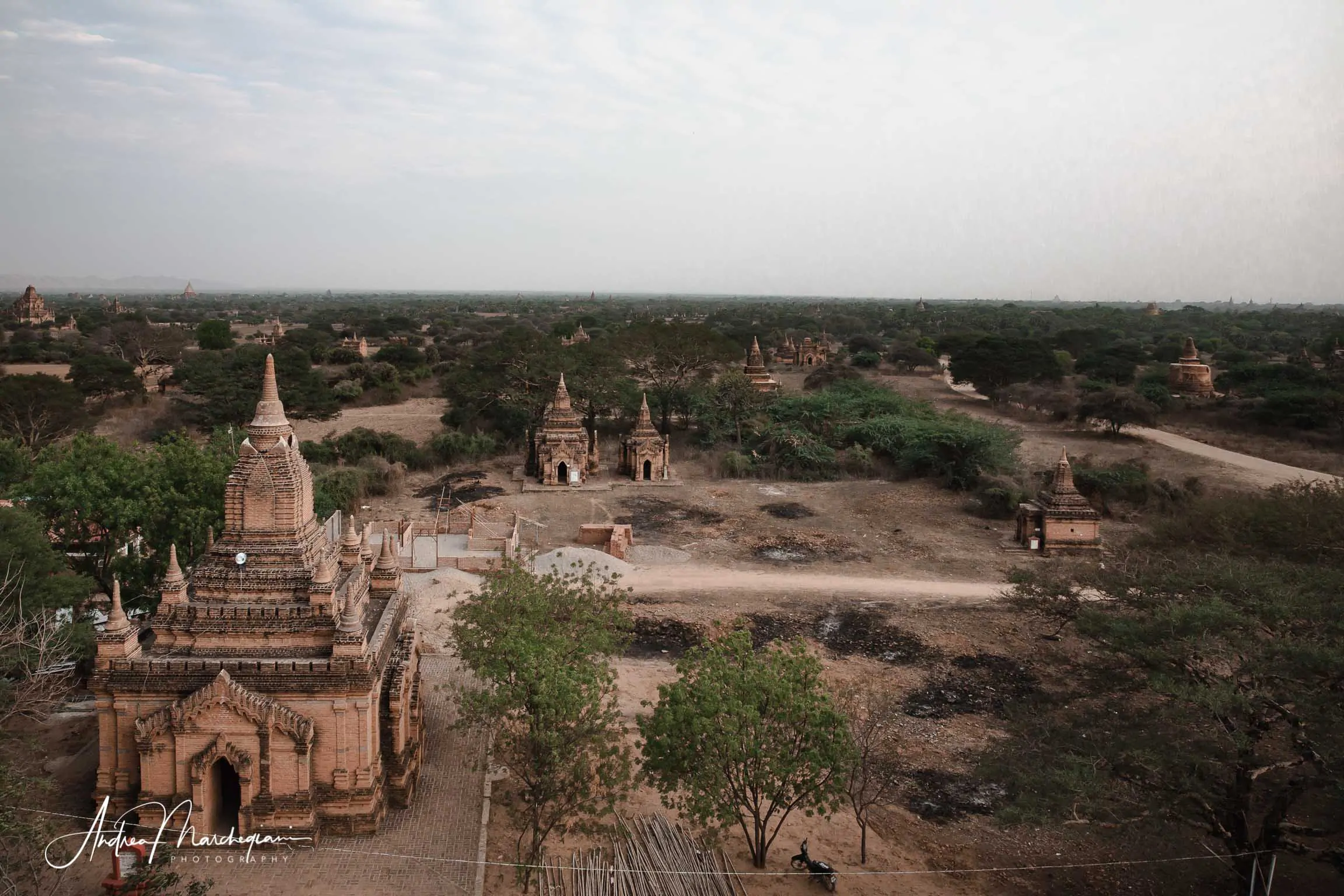
Bagan, a place that deserves respect
When, in February 2020, the newspapers reported the news of two Italian tourists who had gone to the temples of Bagan to shoot an amateur porn movie, my heart was pierced by a huge sorrow.
I visited the area a few years ago and I got so emotionally involved that I could not immediately write down my experience. I shared my journey with exceptional traveling companions and was so moved by the kindness of the people in Myanmar that I needed time to put everything into words.
Bagan has remained a secret place in my soul for a long time. One must be really sick in the head to visit Bagan and sully it with such depravation. I felt the need to balance this wrong, so I finally decided to dedicate to Bagan the space it deserves in my travel blog.
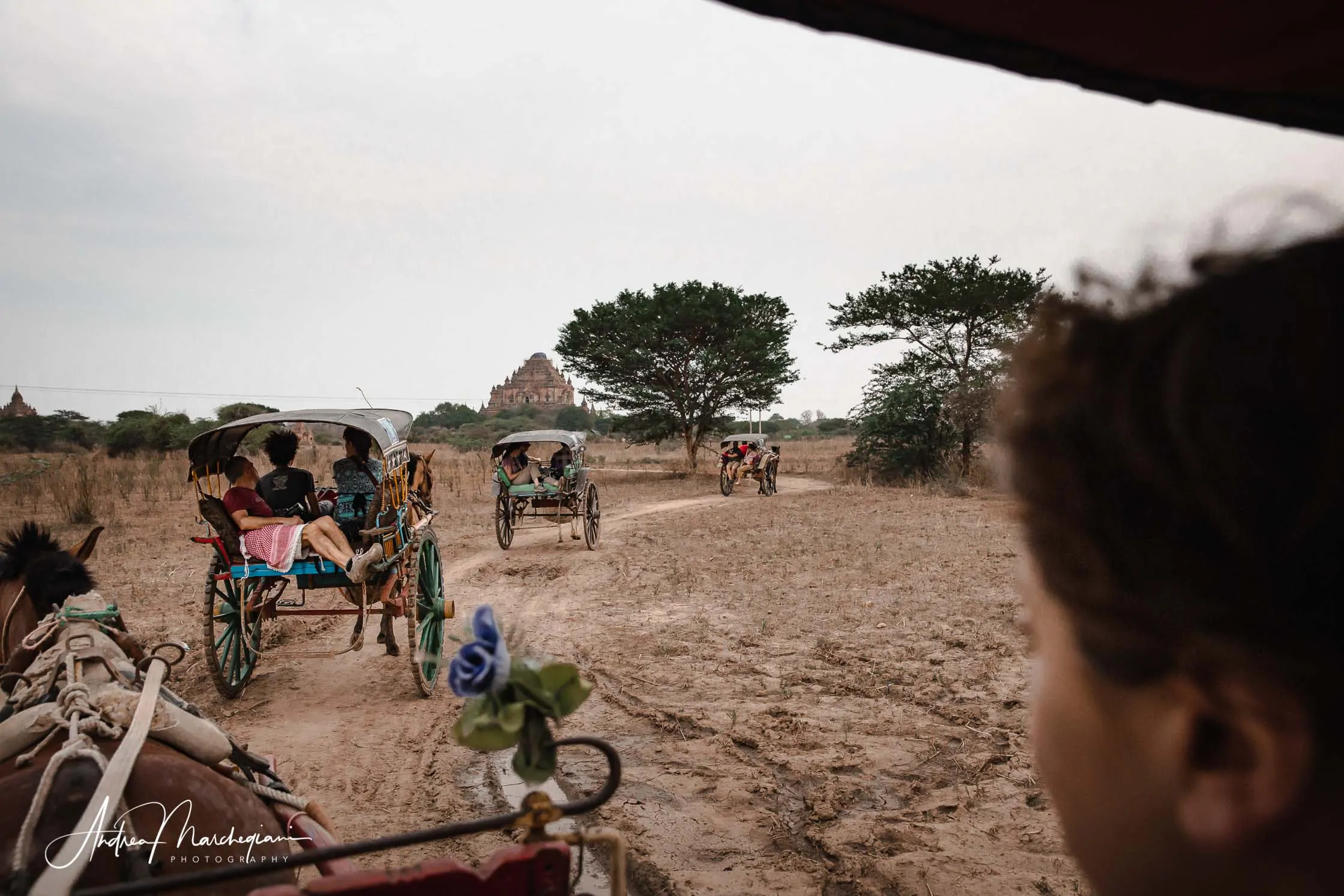
Things to do in Bagan
Bagan Archaeological Park is about 40 square kilometres in size. While visiting it, you can see buildings of all sizes, from small stupas standing alone in the fields, identified just by a number, up to large pagodas, such as the Ananda Phato and the Dhammayan Gyi Temple, which contain interesting historical finds and rise to the sky, drawing the unique skyline of the valley.
You can spend whole days exploring the area, or simply take a buggy ride through the most famous ruins of the plain. At sunset you can climb the restored temples, which are accessible to the public, and enjoy a magnificent view. It will reconcile you with creation. You can also book a balloon flight at dawn, they say it’s spectacular.
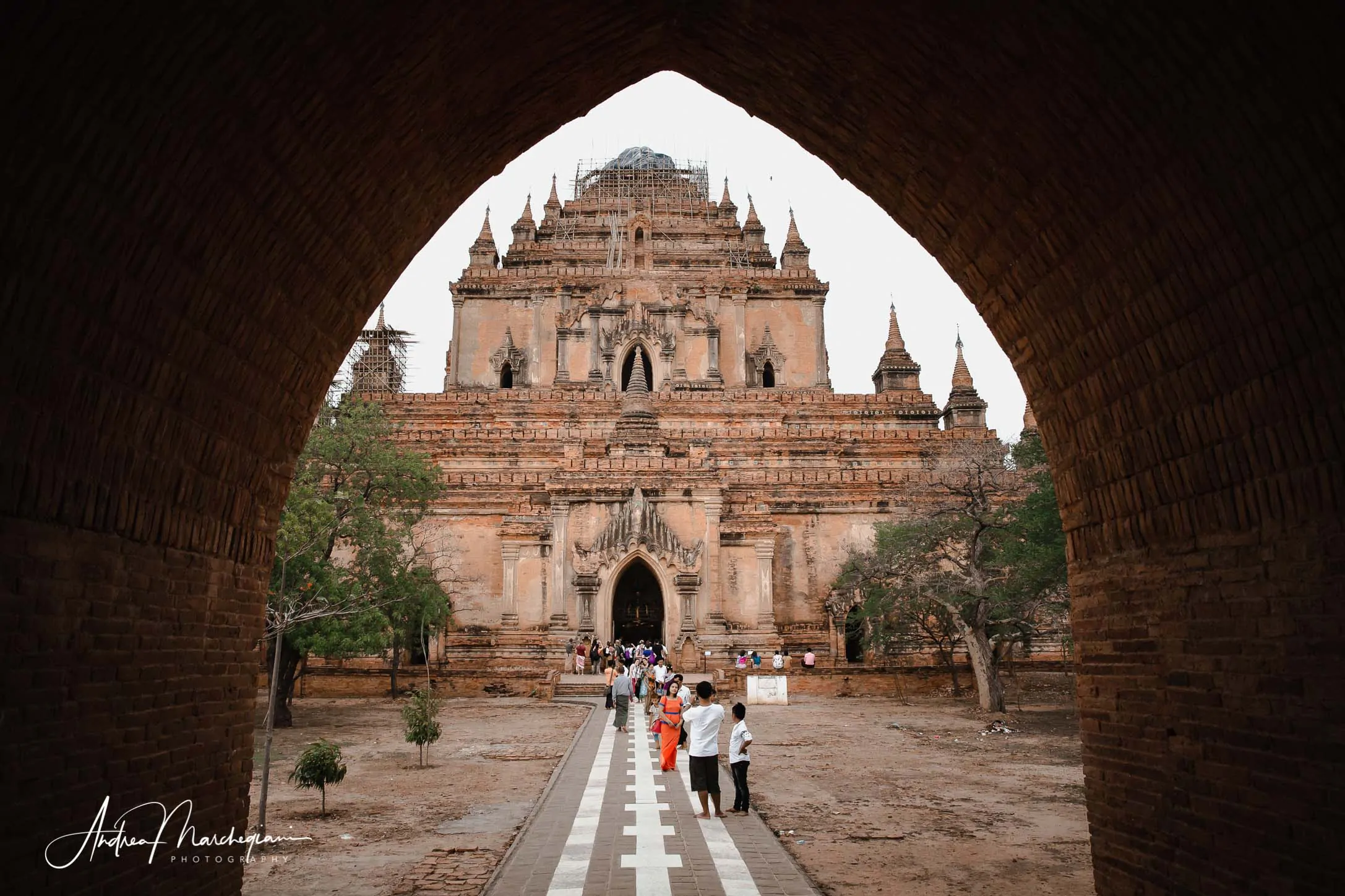
Reasons why Bagan is so special
Bagan is located in the Mandalay region, in the center of Myanmar. Although the city had reached remarkable proportions already in 850 AD, it became the center of an unparalleled religious fervor between 1000 and the end of 1200. In this period, in fact, the city converted from Hinduism to Theravada Buddhism with such enthusiasm that the Burmese kings built more than 3,500 temples and stupas in the area. Bagan became a place of religious pilgrimage for all Buddhists in Southeast Asia.
In 1287 the area was invaded and devastated by the Mongols, led by Kublai Khan. Apparently, though, the fear of a Chinese invasion had already led the Burmese to leave the city. The area was progressively plundered of the most precious materials, such as stones and metals decorating the statues of Buddha and temple walls; so, it became unsafe until the eighteenth century because of the raids of thieves and raiders.
Only the arrival of the British stabilized the area, allowing the Burmese to return to live there and the archaeological assets to be safeguarded. As a matter of fact, the names of many buildings in Bagan have been invented by the delegate of Yangon while showing them to the British representatives: he didn’t have the nerve to tell them there was no record in the state records for those buildings!
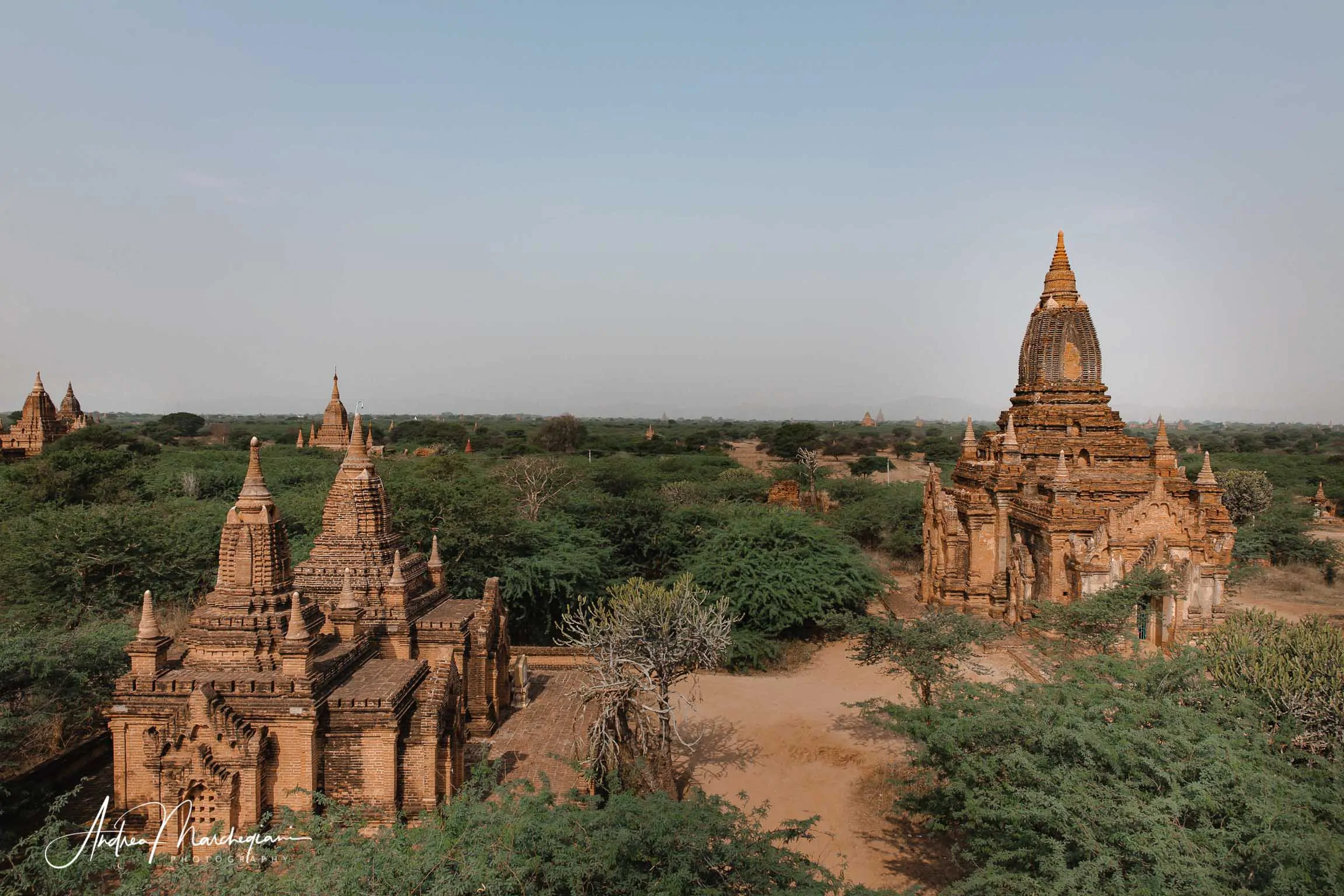
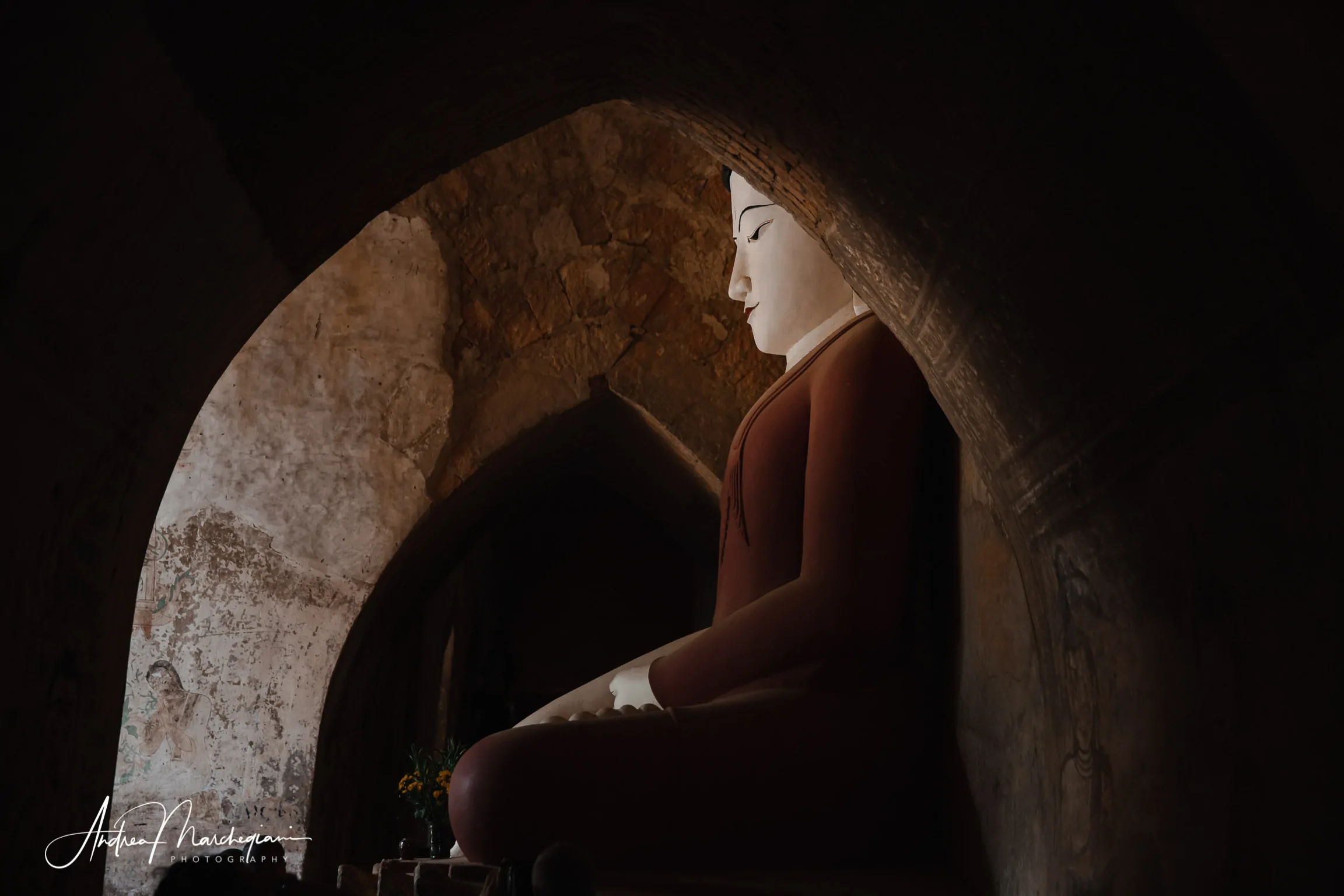
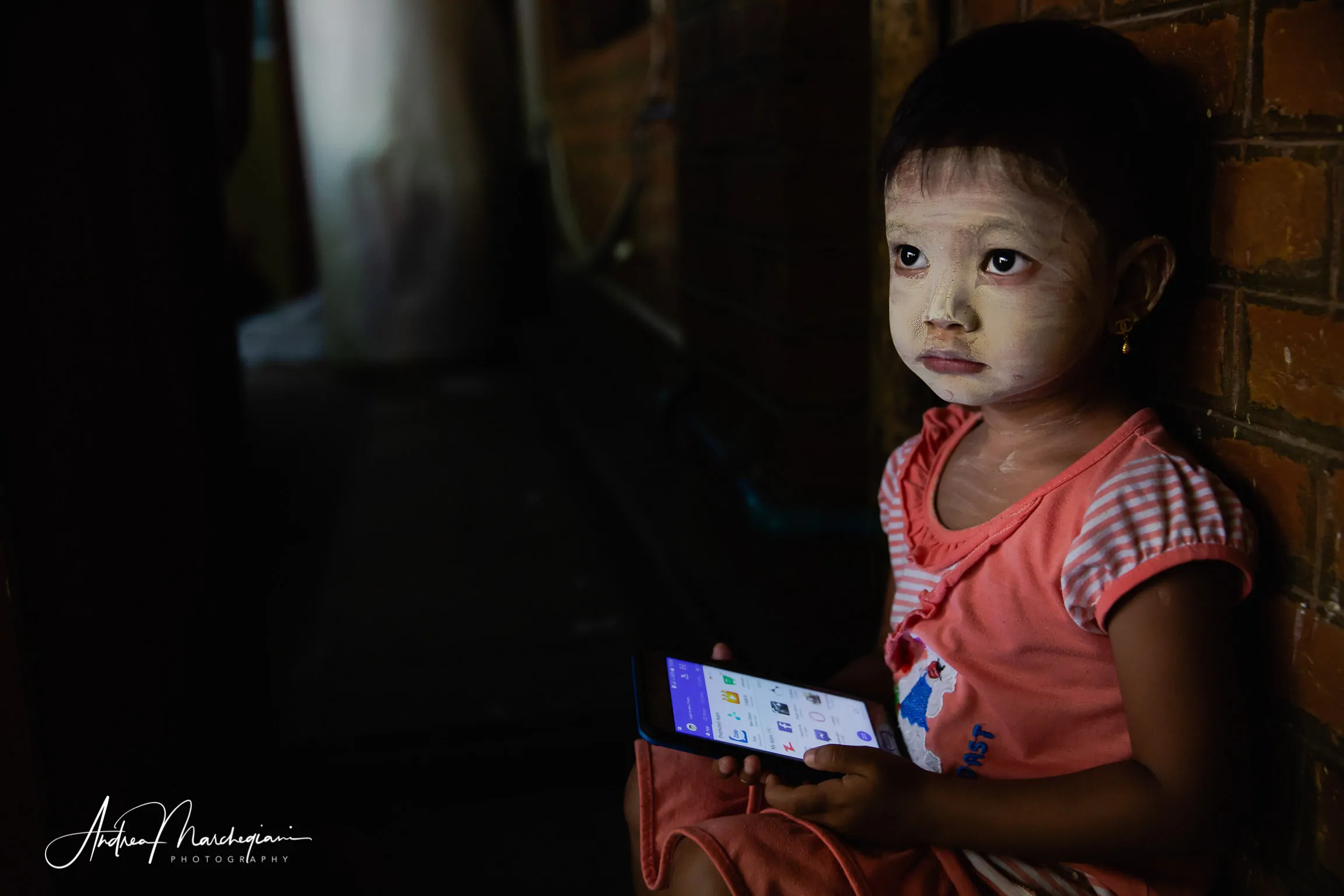
Bagan is a miracle of time
In 1975 and 2016 two earthquakes hit Bagan, destroying part of the remaining buildings.
The restoration work started promptly, combining traditional reconstruction techniques with technologically advanced interventions. UNESCO has funded several restoration works, with the hope of registering the site as a World Heritage Site. Unfortunately, however, the military junta that governed the country from 1988 to 1997 has intervened with such disrespectful restorations of the original style to prevent such nomination. In 2019, with the commitment of the Burmese government to proceed with more respectful restorations, Bagan was officially included in the list of candidate sites to become World Heritage Sites by UNESCO.
Let’s hope it’s the right time!
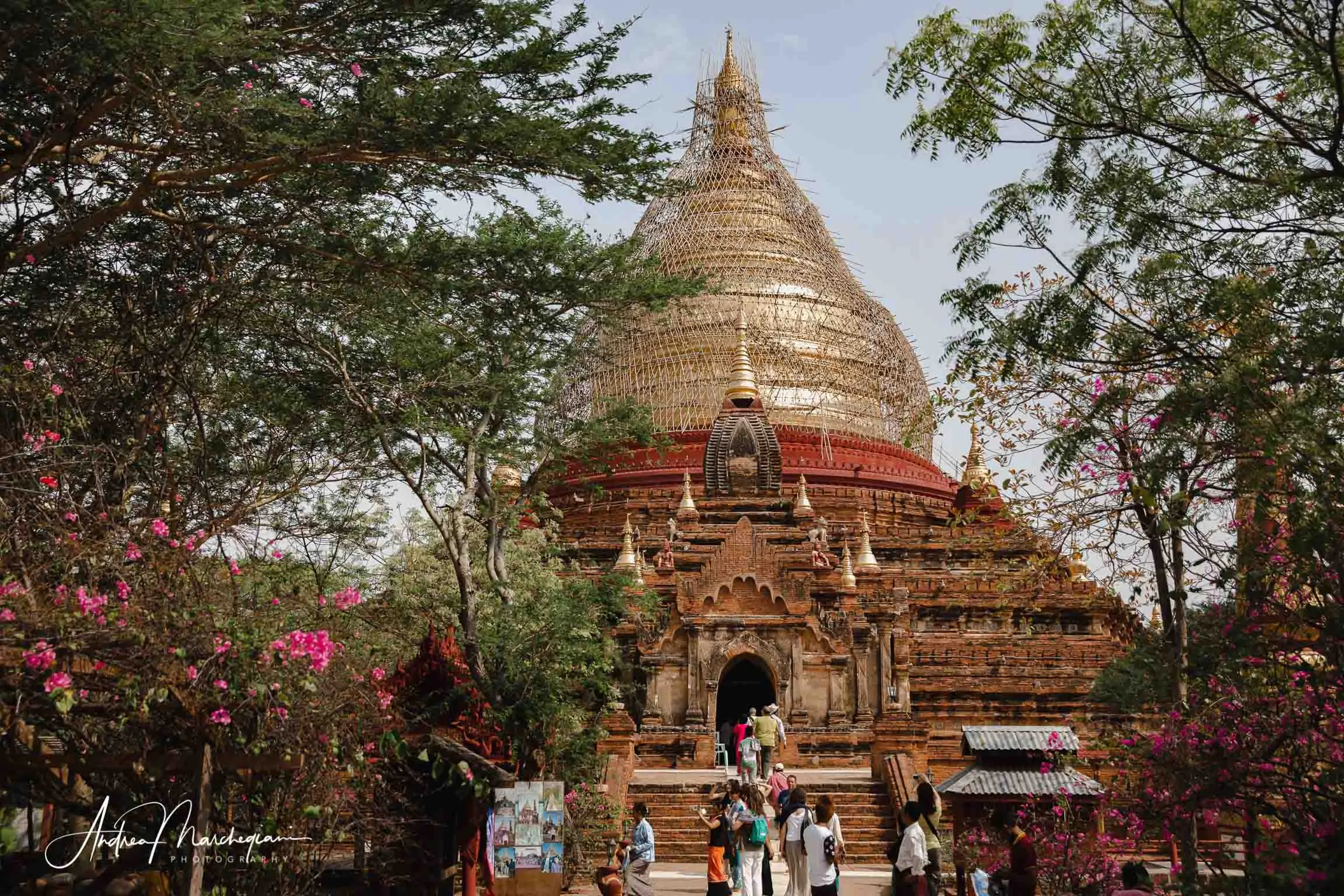

My visit to Bagan
I arrive in Bagan by horse-drawn carriage, with a group of strangers who will soon become dear friends. The most precious kind of friends, thr ones who know how to welcome and do not judge you. Friends who make you laugh if they see you sad, who offer you a cookie if you are hungry and a shoulder to rest on when the jetleg makes you drowsy.
I have the feeling that few tourists and many travellers arrive in Burma: people who know how to respect the place they visit and who have understood that every journey is above all interior.
Bagan, with its vast spaces scattered with timeless temples and golden pagodas, fully expresses the spiritual dimension that in Myanmar thickens the air making it a medicine for the soul.
I get off the cart and I thank the driver. On the way, he taught me a few words in Burmese. I was a terrible student, despite the excellent teacher!
I take my first steps towards the temple.
“Piano piano”, says a small voice. “Chi va piano va sano e va lontano!”
(“Slowly. Those who go slowly go healthy and go far!”)
I look around, I don’t see anyone. I look down. A girl about 12 years old stares at me and smiles.
“Are you Italian?”
“Yes!”
The approach worked. I now have two black eyes full of pride pointed at me. The little girl asks me if I want to buy something, a souvenir for my girlfriend, mom, grandmother, friend. Many Tibetan bells swing between her fingers.
“How much do they cost?”
She shoots a very high price. I bargain a little. She is tenacious, but I do not give up. In the end she gives in. All of a sudden, I realize I took a huge discount off a 12-year-old girl who’s gonna have explain this to her mother. I was momentarily possessed by the spirit of the Western tourist. I blush: basically what was I saving a few euros for? I take out of my pocket the amount she asked at first, pretending that the bargaining was just a game. She takes the money, looking at me stunned, she does not understand. I smile and greet her.
“Chi va piano va sano e va lontano!!!” I say.
She laughs and walks away, satisfied with the sale.
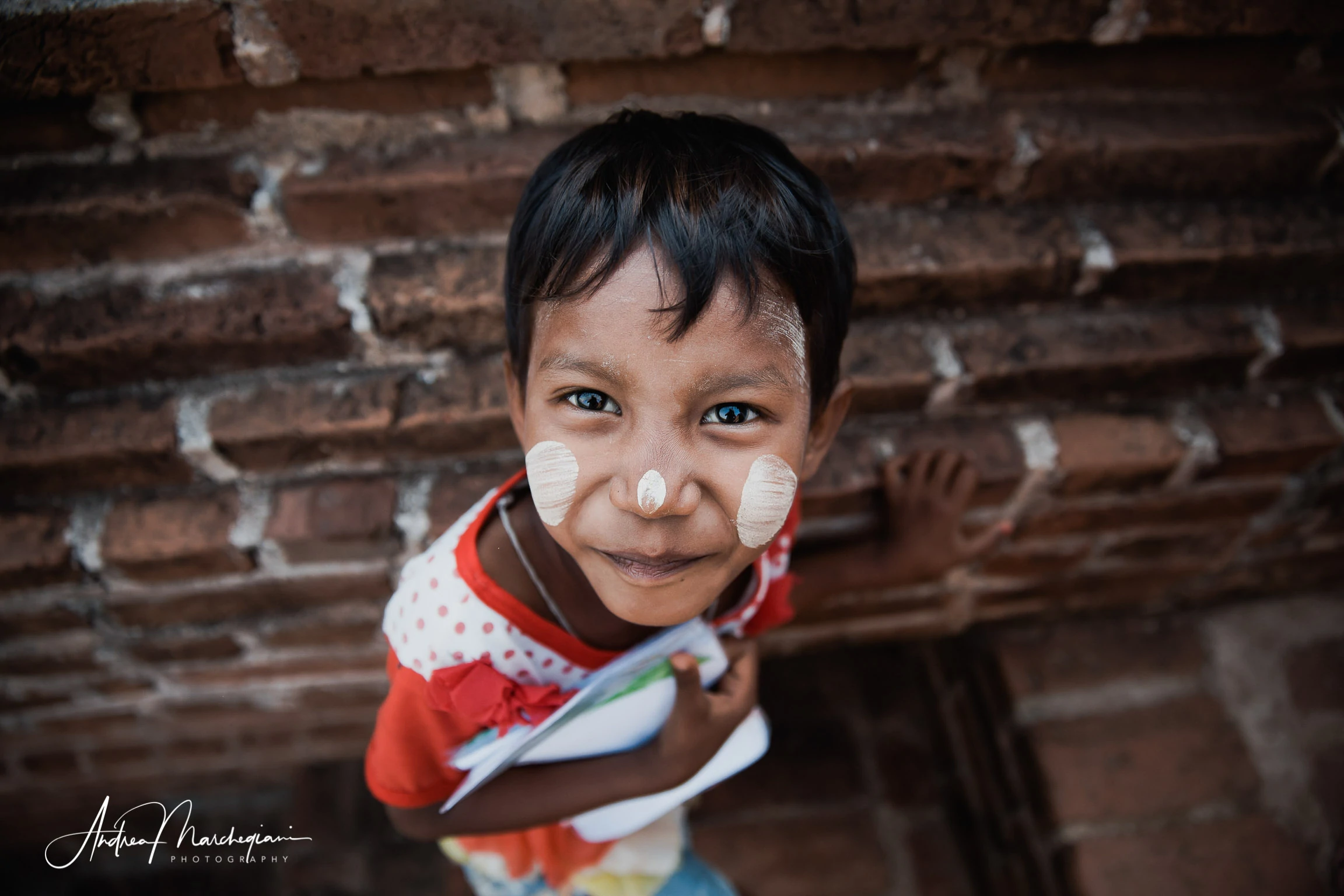
The sunset over the temples of Bagan
I visit different temples, there are few tourists around. On top of some buildings, I see children with school books. Moms are local traders, they sell souvenirs. The kids spend their afternoons on temples and keep up with their homework. I watch them for a while. They often take breaks to play, chase each other around stupas and shout with excitement. They are not so diligent, but what a wonder! Where children can study and play, there is a hopeful humanity!
The sunset in Bagan is sensational: everyone gathers on the temples to enjoy the view of the plain. The steps are very steep and the walkways on top, where pilgrims flock, have no parapet or handrail support. They are dangerous! If you have read my adventures in Kazakhstan, you will know how much I suffer from vertigo. I climb the steps staggering. An American guy must find the scene particularly funny, because he laughs so hard. He reaches out his hand and says “Vertigo? Come on, I’ll help you!”
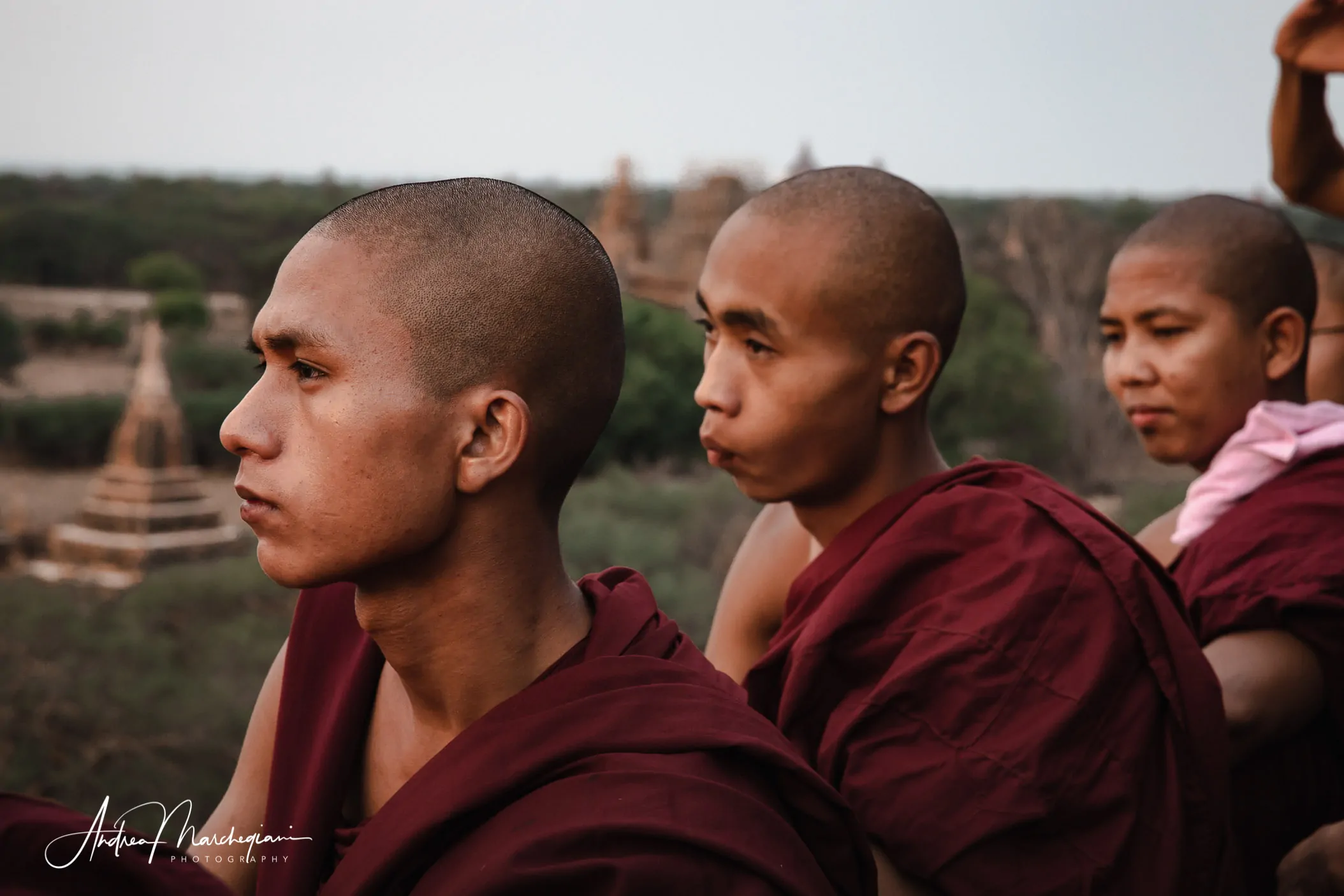
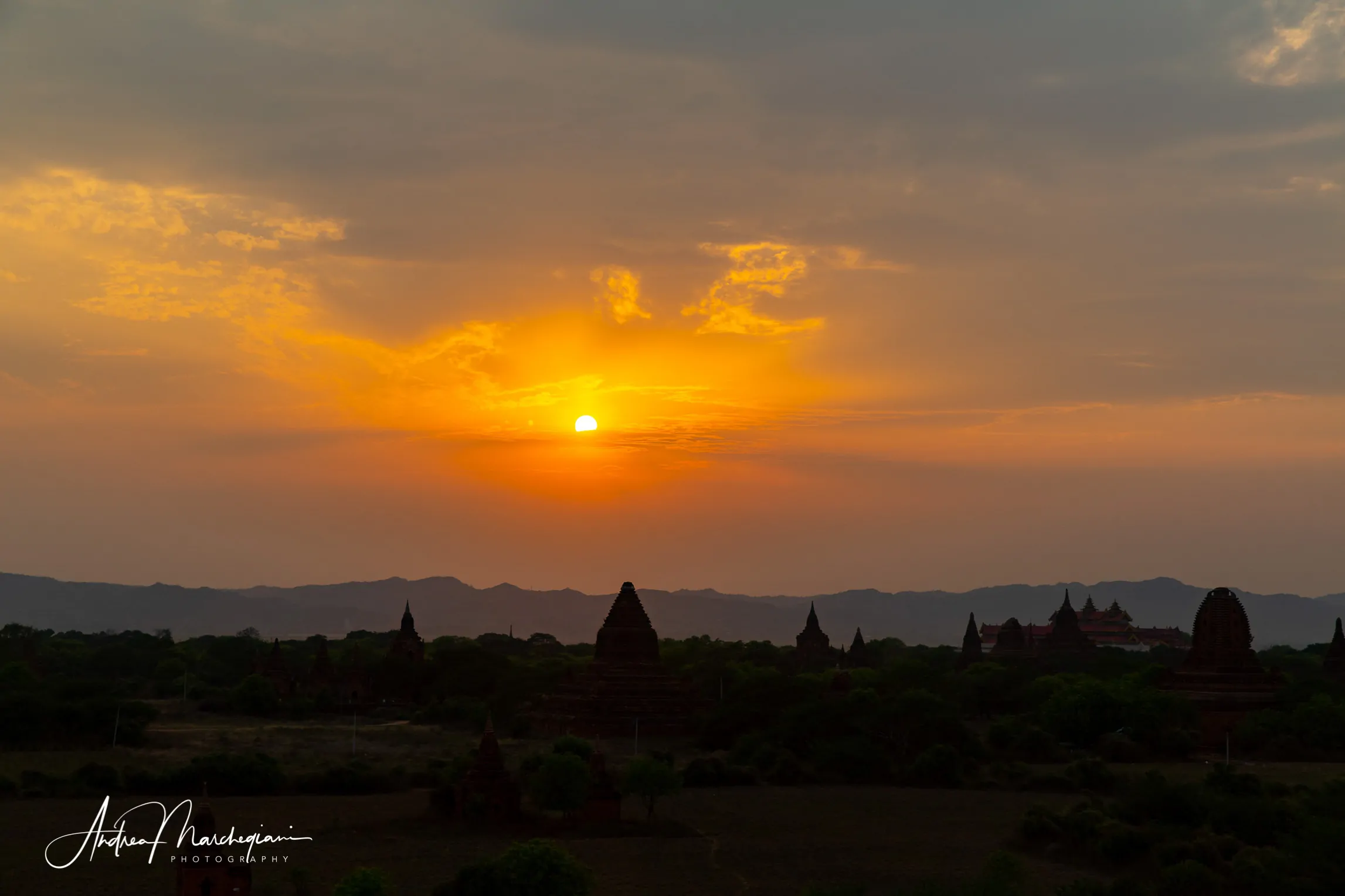
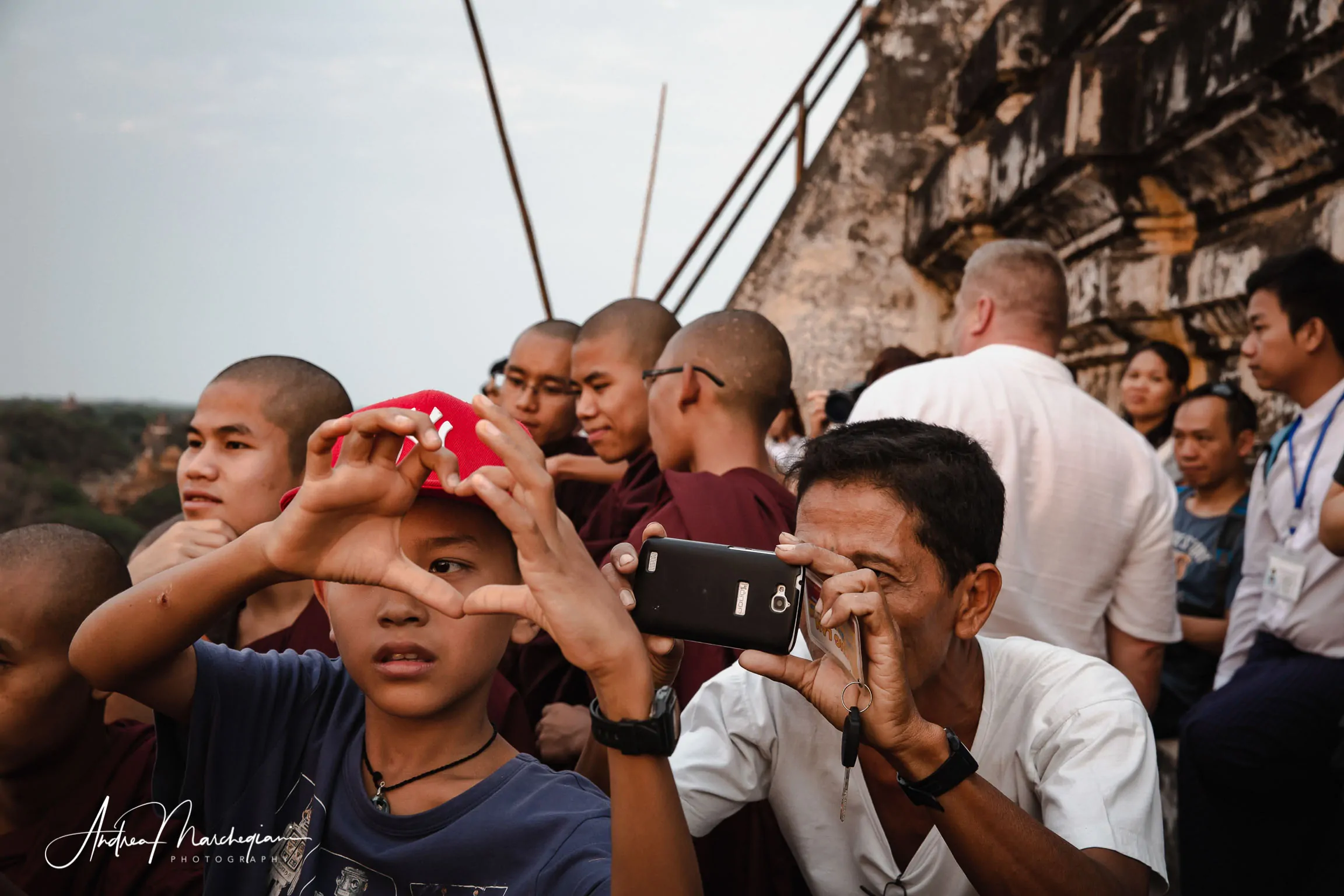
I stand in a corner and enjoy the view. Young monks are doing the same. They are beautiful. We exchange exploratory glances, as it often happens while traveling. You look at each other, smile and instantly become friends.
Behind me, I spot a couple in their seventies. They are Australians. “This place is great”, he says to me. “This is my wife. I’m retired, we’re seniors now. We decided to spend the rest of our lives traveling. The world is a wonderful place and we want to see it all. Together.”
“Sounds like a great idea,” I say.
The old Australian nods.
The sunset descends without haste on the clearing and within half an hour it starts to get dark. Nobody moves, nobody dares to break the magic of the moment. I feel clearly that all the people around me are feeling the same gratitude and wonder.
For centuries, Bagan has been a place of spiritual elevation. The stones of the temples are so imbued with positive energy that they continue to give it to those who visit them. Places like these make you want to give another chance to humanity, to goodness, to God.



